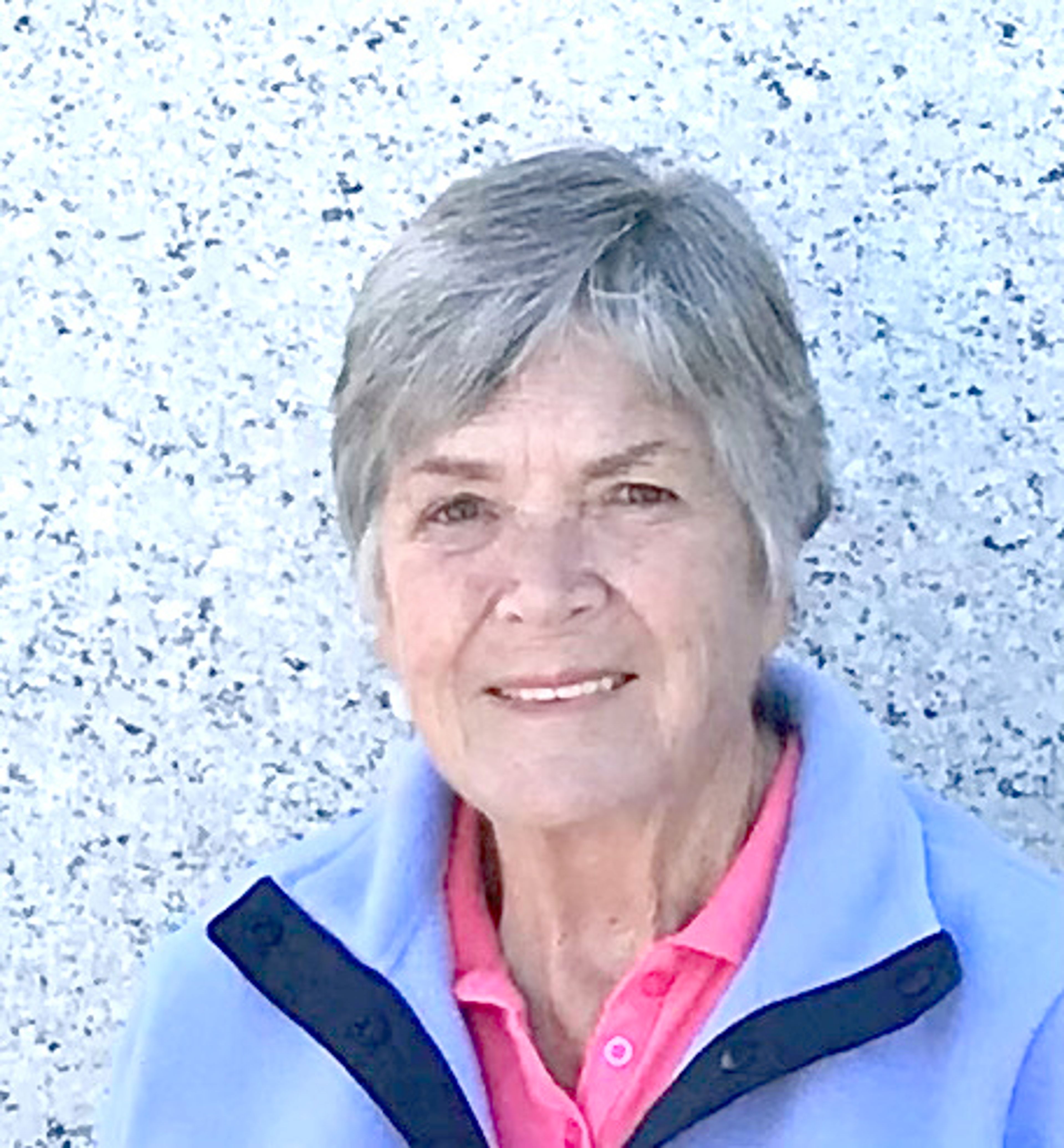OPINION: New Idaho law likely will increase overdose deaths
Guest Editorial: Another Newspaper’s Opinion
This editorial was published in the Idaho Statesman of Boise.
———
Idaho Republican lawmakers passed a bill that likely will lead to more drug overdose deaths in Idaho.
According to Idaho Statesman reporter Ryan Suppe, Republican lawmakers this session passed regulations that restrict eligible recipients of federal grant funds for naloxone — commonly distributed under the brand name Narcan — a drug that reverses the fatal effects of an opioid overdose. Starting in July, only first responders will be able to receive free naloxone kits from the Idaho Department of Health and Welfare.
According to records obtained by the Idaho Statesman, state health officials said the restrictions within House Bill 350, sponsored by Rep. Josh Tanner, R-Eagle, would “dismantle” Idaho’s existing distribution system, potentially leading to more overdose deaths and increasing administrative costs.
Department of Health and Welfare officials wrote in an analysis that had the limits been in place last year, the state’s overdose death rate could have been four times higher. And yet, legislators still passed it. And Gov. Brad Little signed it — even though he clearly recognized the danger.
“We know that most naloxone administrations in Idaho are by people other than first responders and thus distribution to community partners is critical,” the governor wrote in a letter to lawmakers signing the bill. “This significant policy change may result in fewer naloxone doses available to administer in Idaho and, tragically, fewer lives saved.” Put more succinctly: “More people may die.” Once again, Little signed a bill he knew was very bad for Idahoans.
So why change the program? “I just wanted to make sure that it’s actually going out to the right people, people that we can actually educate and give training,” Tanner told Suppe. However, by limiting access, the law ensures that the drug won’t be in the hands of “the right people” who are in the best position to administer it and save lives. Naloxone should be in more places, not fewer, and should be quickly and readily available to those who need it most: opioid users.
As for Tanner’s assertion about training, here’s the kicker: There isn’t any need for training.
The Food and Drug Administration has determined that naloxone can be safely administered by untrained people. All it requires to administer it is inserting a device into the nostril of someone overdosing and pushing a plunger. Who needs training for that?
But because this limits grant funds to first responders, then first responders must have been in favor of it, right? Wrong. Groups representing first responders urged Little to veto the bill, according to documents Suppe found. Jeff Lavey, executive director of the Idaho Sheriffs Association, wrote to Gov. Little that local law enforcement offices are “overworked and understaffed” and have limited time to distribute naloxone kits.
And Lewiston Fire Chief Travis Myklebust, president of the Idaho Fire Chiefs Association, wrote to the governor that rural agencies rely on health clinics and other providers that now won’t be eligible to distribute the medication.
Last year, 1,238 overdoses in Idaho were reversed by a naloxone kit distributed through the federal program, according to Suppe. Just 6% of the reversals involved a first responder.
Think about that: Republican lawmakers have limited the availability of naloxone to people who reversed only 6% of overdoses. What about the other 94%? But why should Republican legislators and the governor listen to the experts and the people most affected? Further, the change creates more bureaucracy, regulation and red tape, anathema to a state that prides itself on small government. With more regulation comes higher costs, according to an analysis by the Department of Health and Welfare.
Republican lawmakers and the governor talk a mean game when it comes to cracking down on fentanyl and other illegal opioid use, dedicating tax dollars to “fighting” drugs. To what end? Ostensibly, to save lives. Limiting who can get their hands on life-saving naloxone runs contrary to that end.
Finally, we are baffled by what problem this change supposedly seeks to remedy. Is there some sort of naloxone overdose epidemic that we’re unaware of? (A virtual impossibility, since the drug has no effect on someone who doesn’t have opioids in their system.) Has there been some sort of rash of misuse of Narcan that’s gone unreported? What’s the problem here? Since the new limits don’t solve a problem and, to the contrary, actually create several problems, legislators and the governor have violated their most important edict: Do no harm.
TNS








